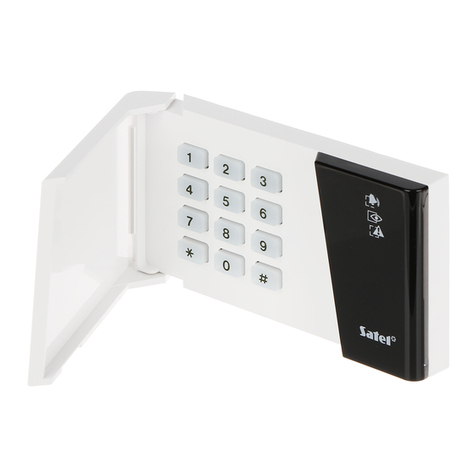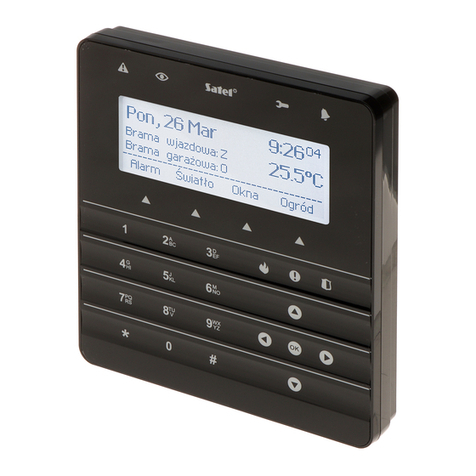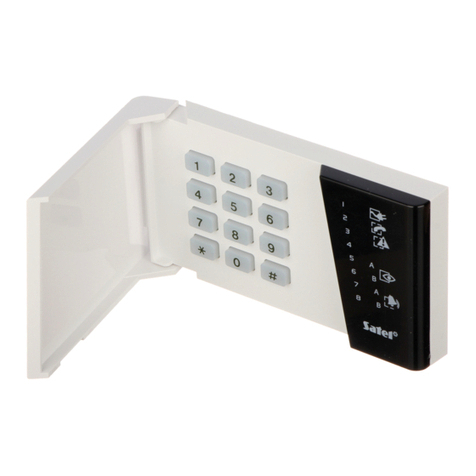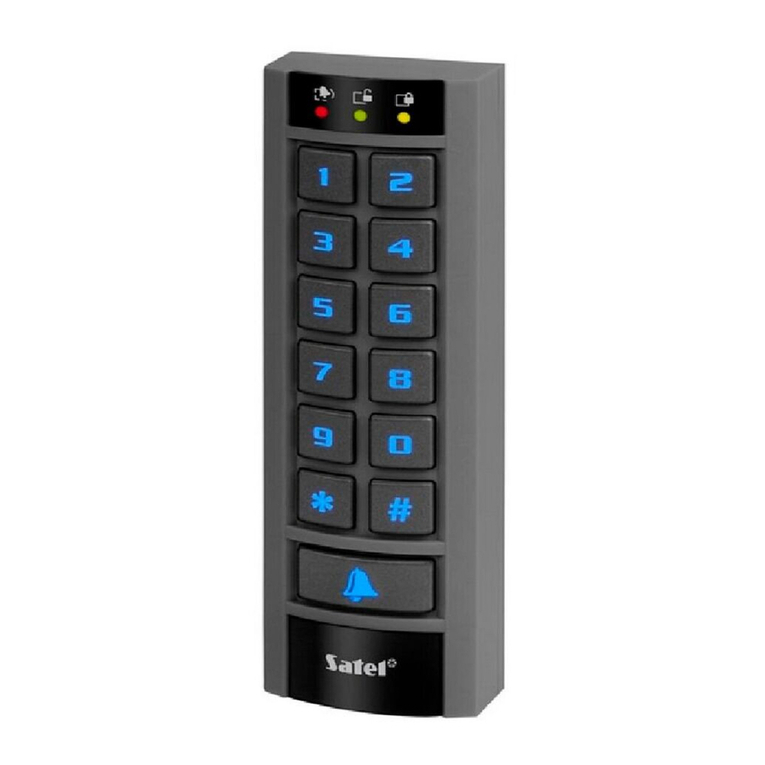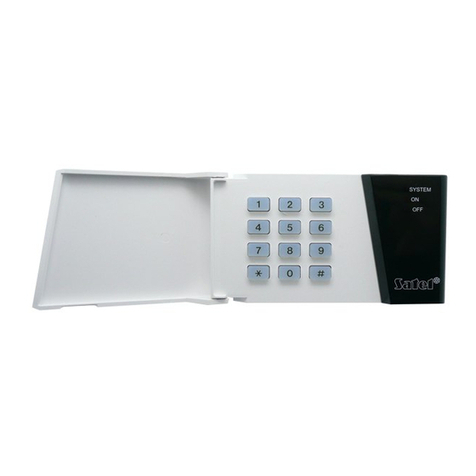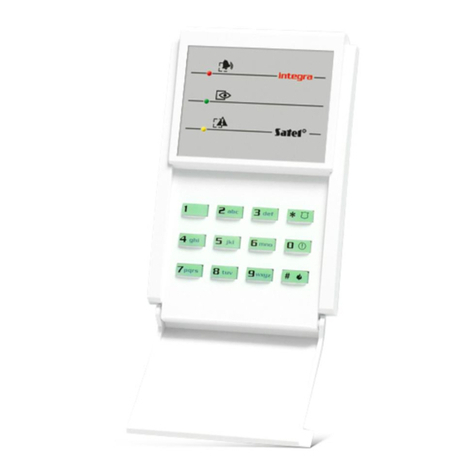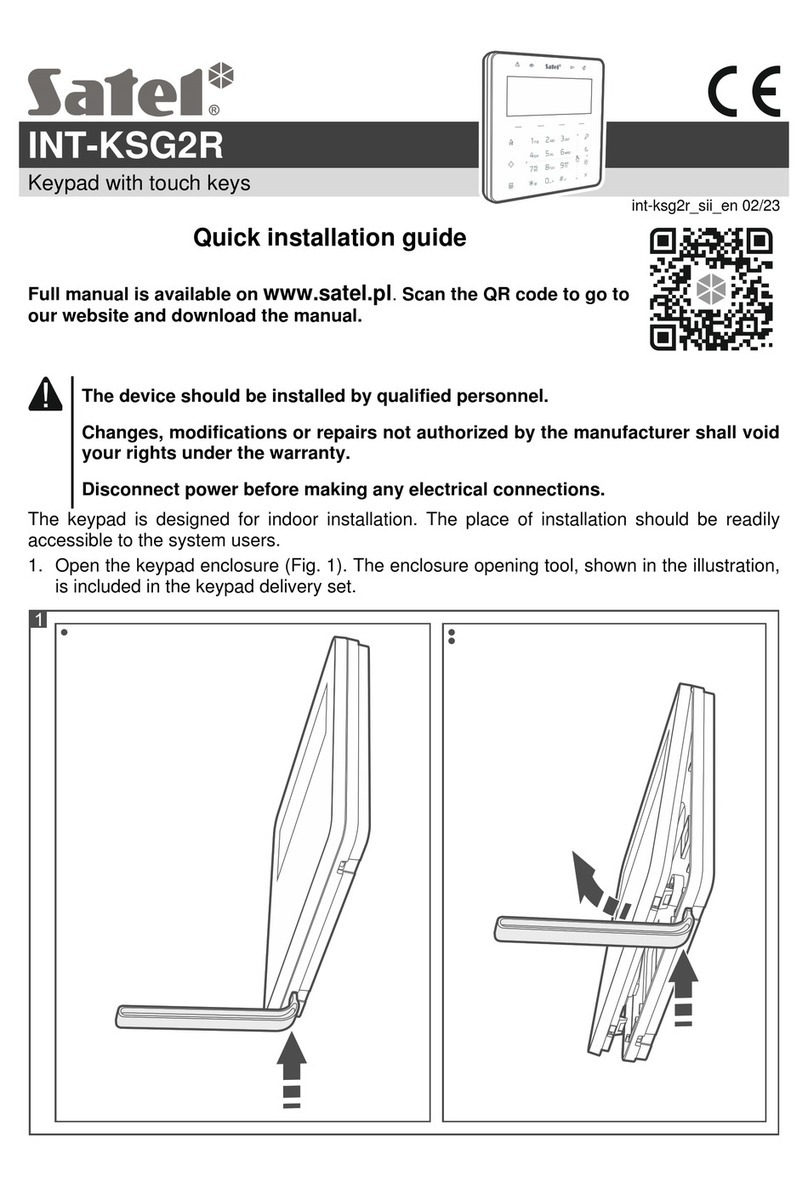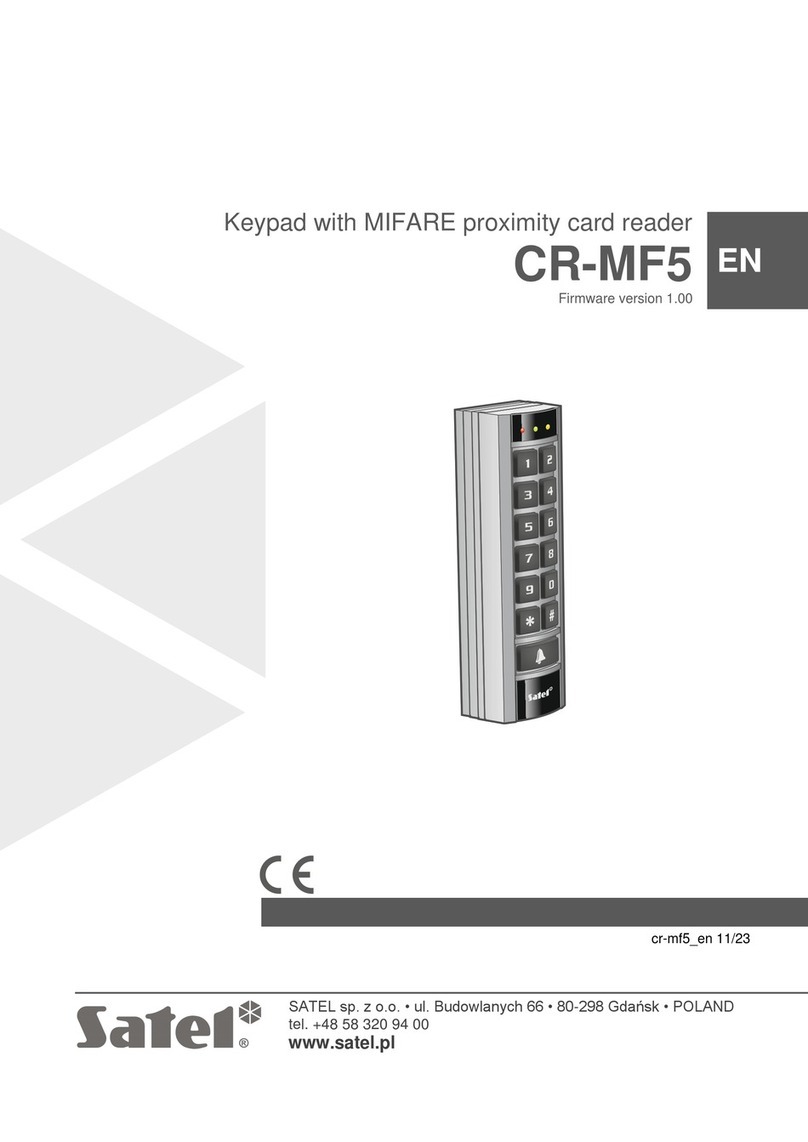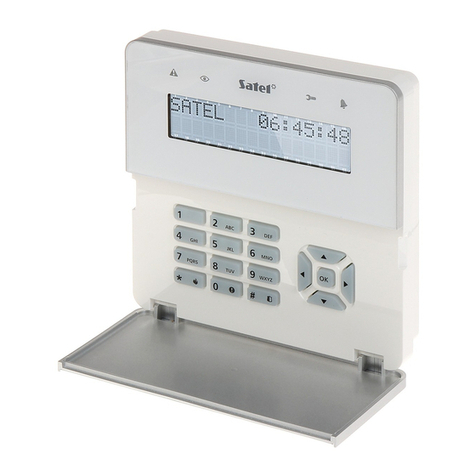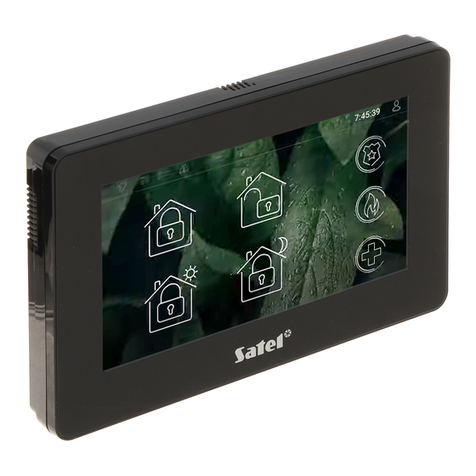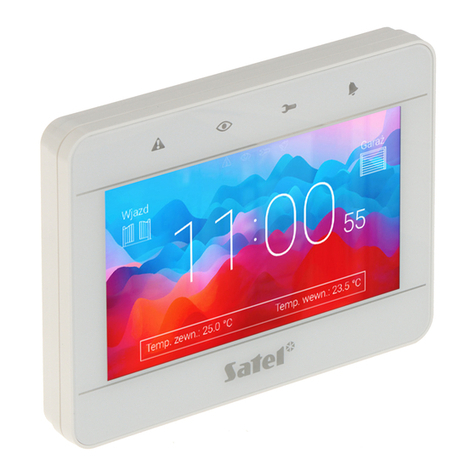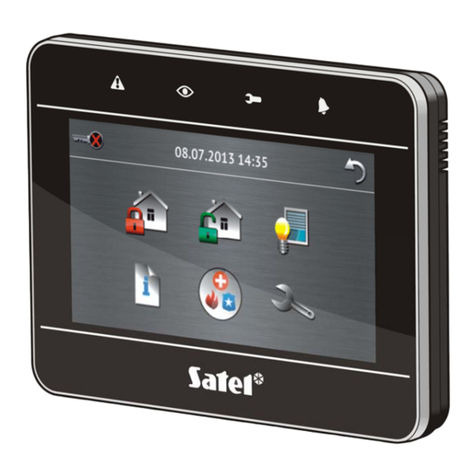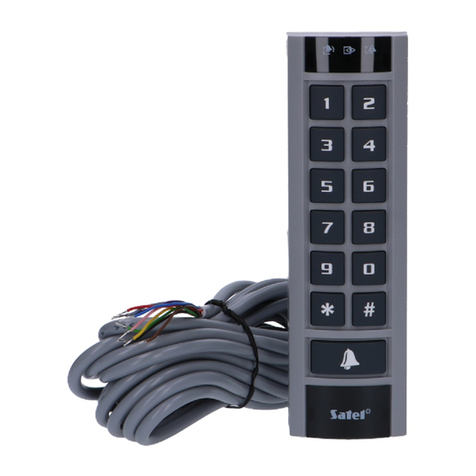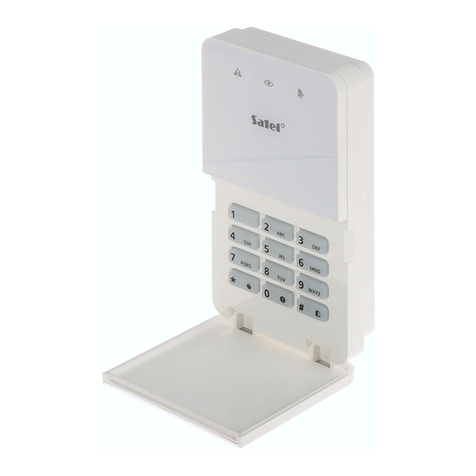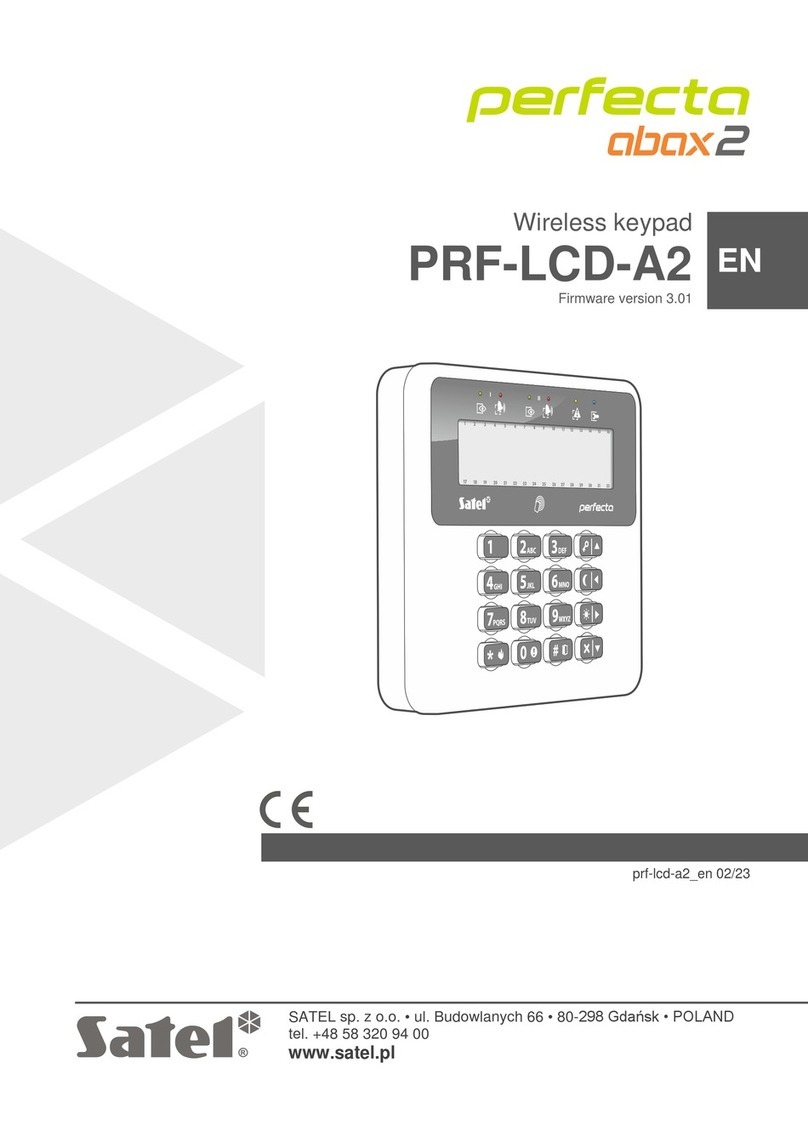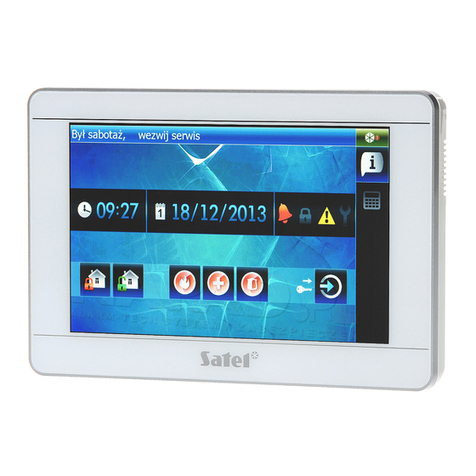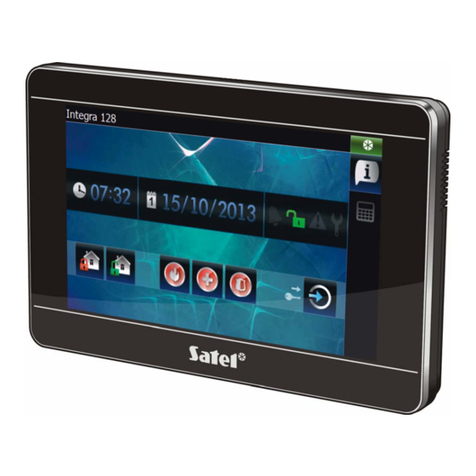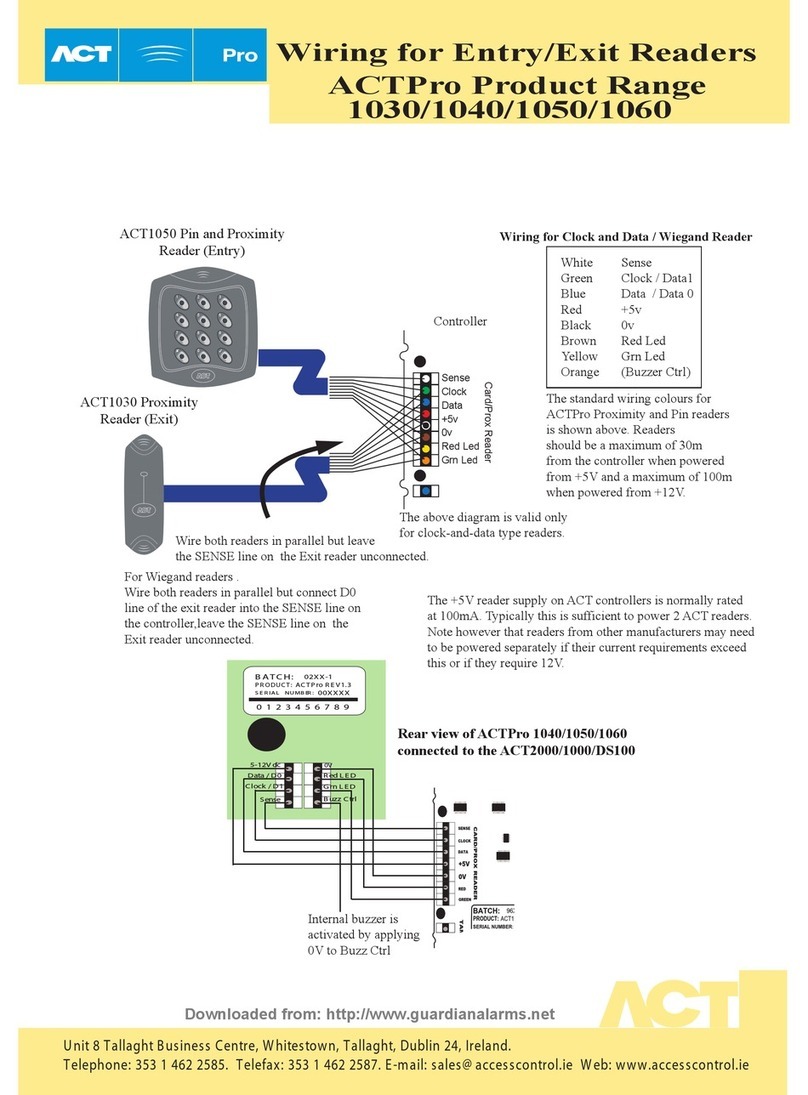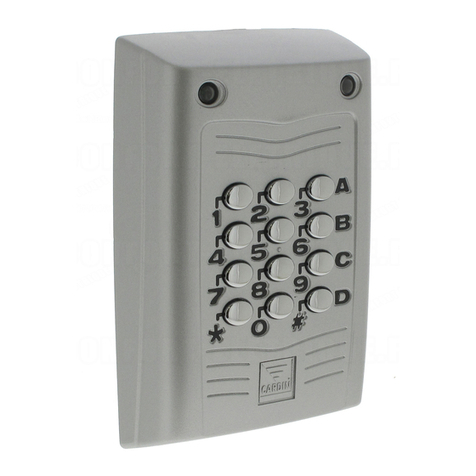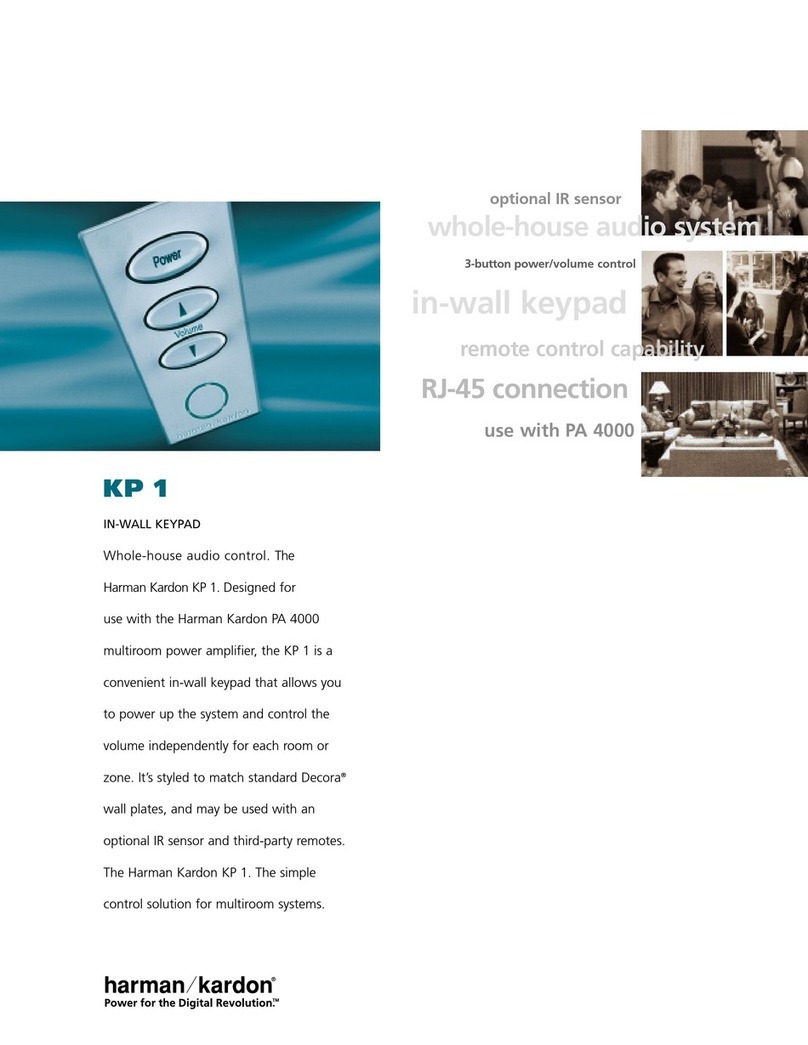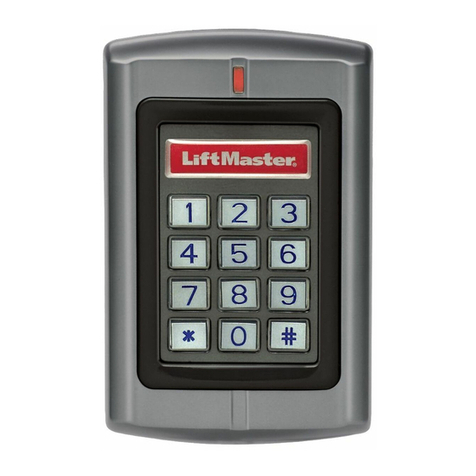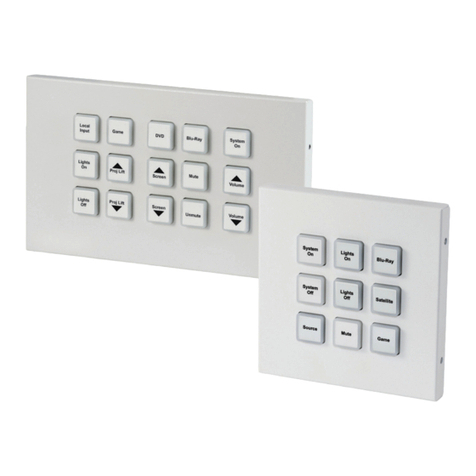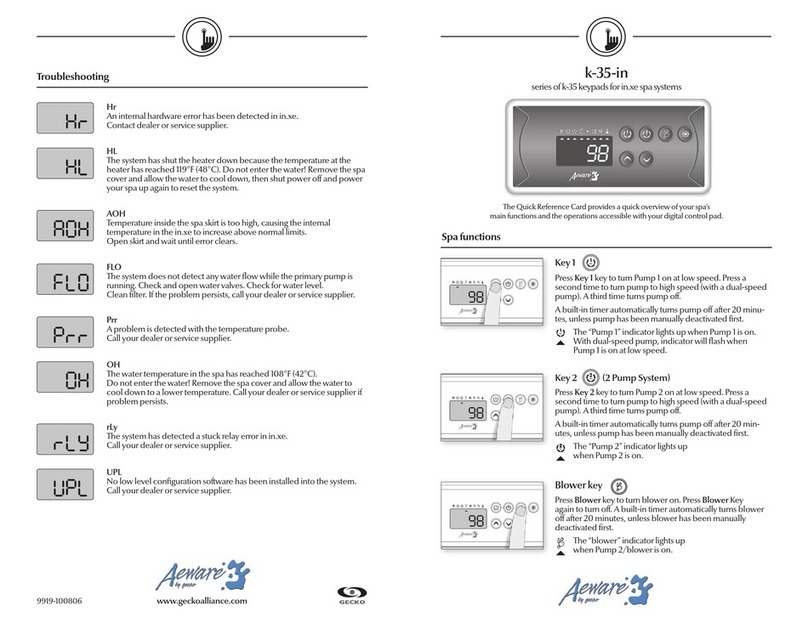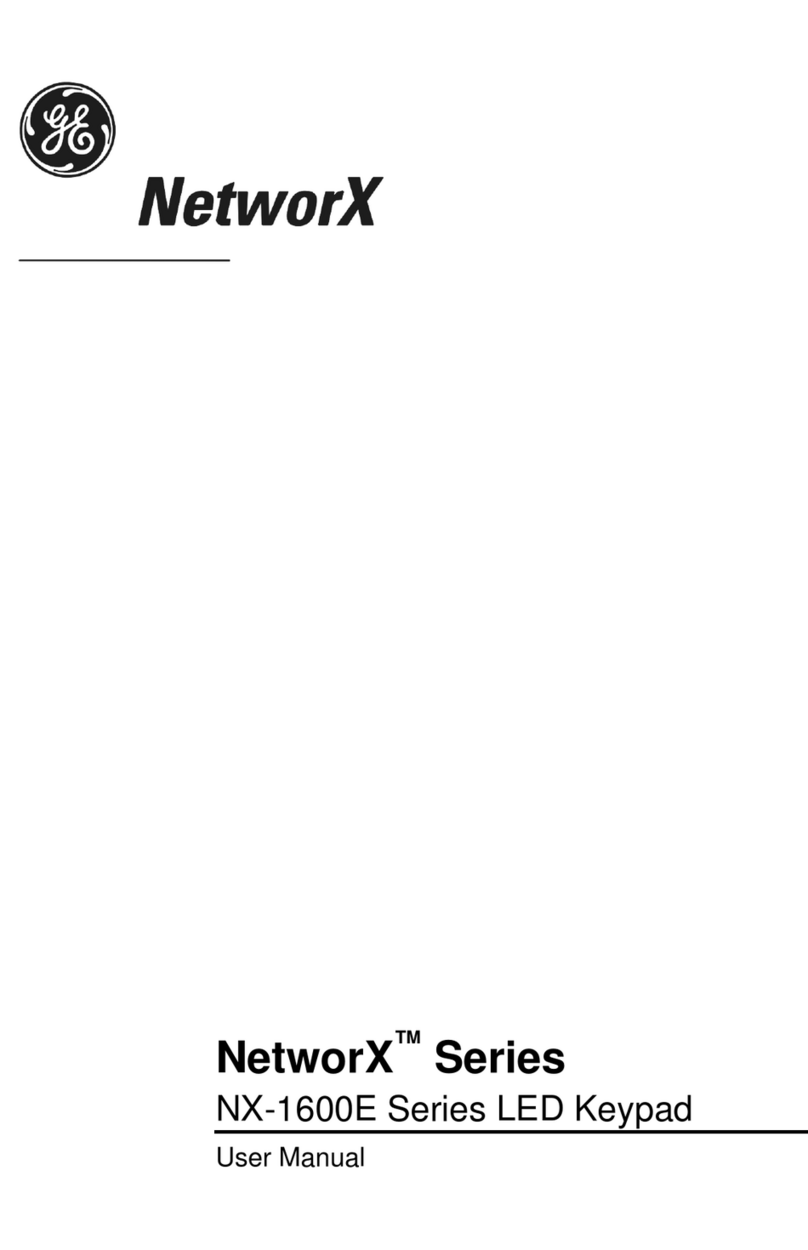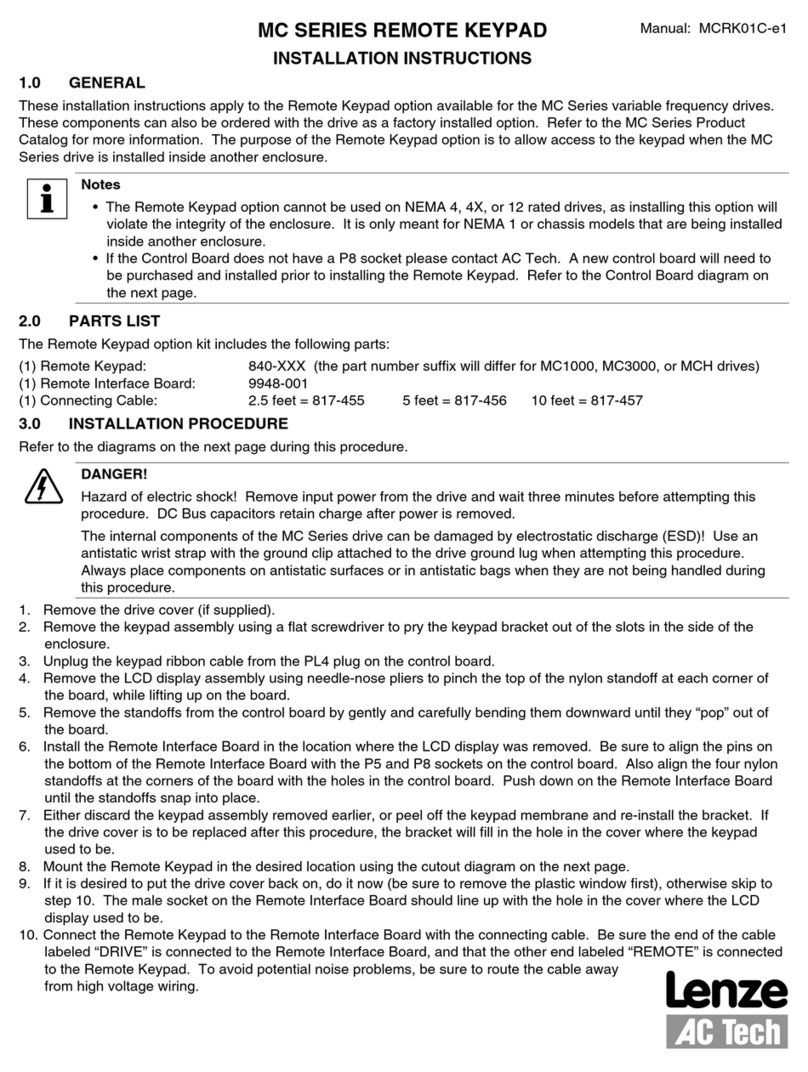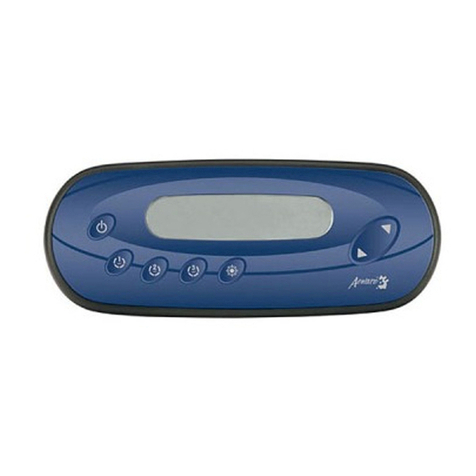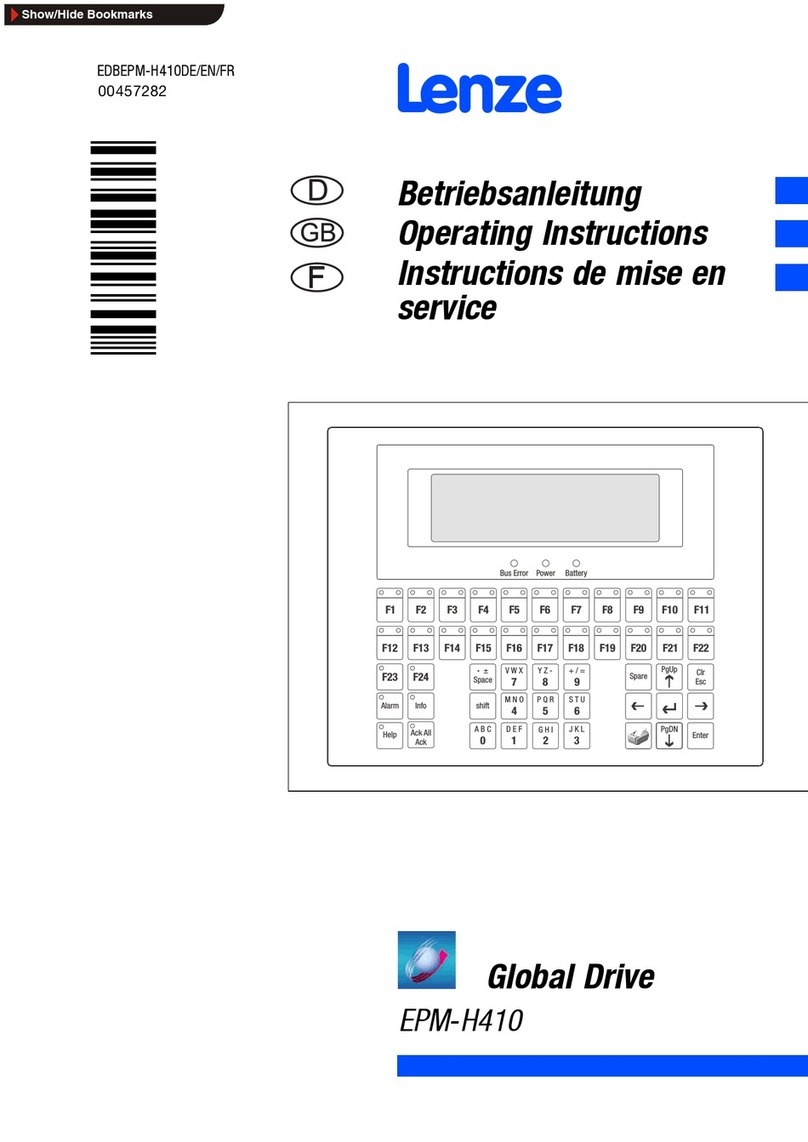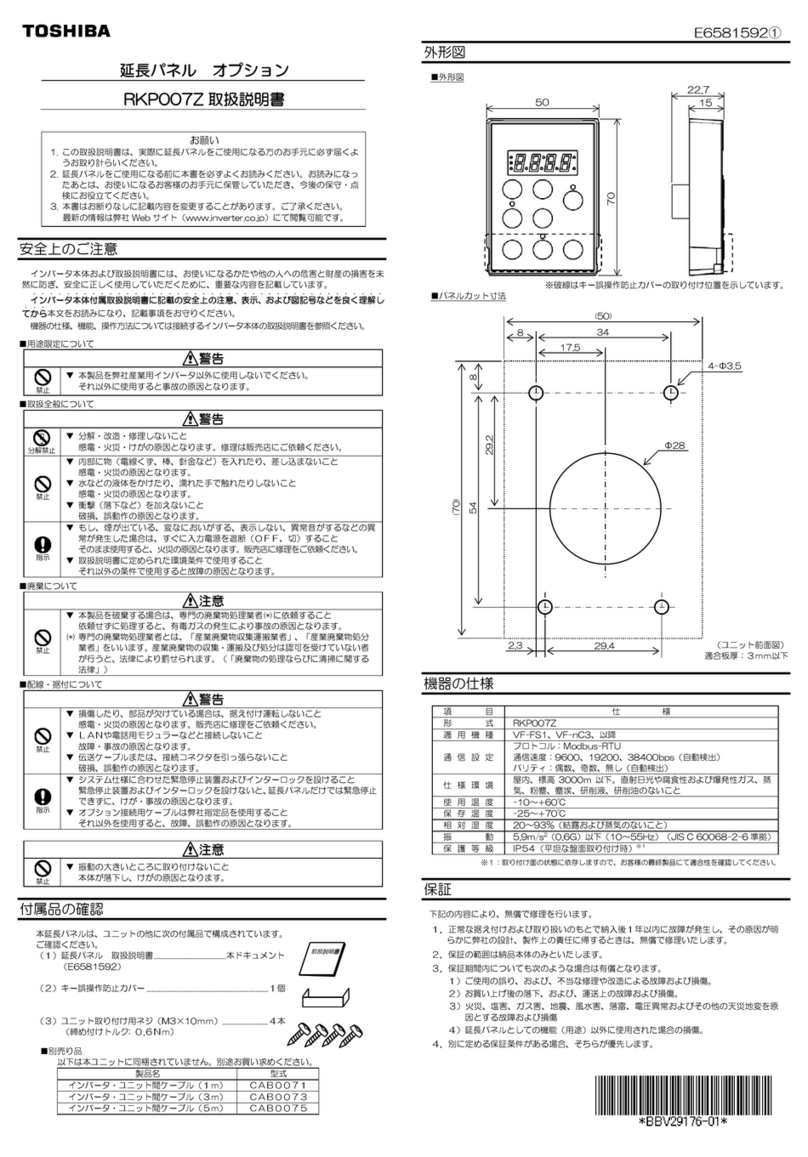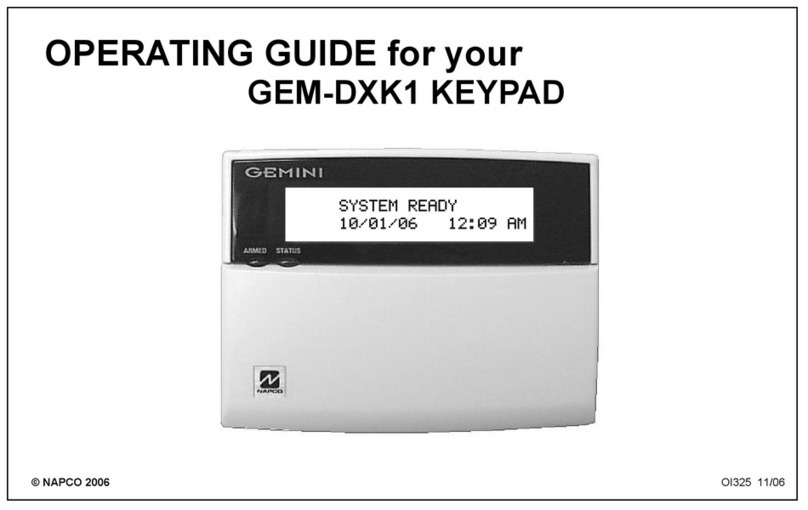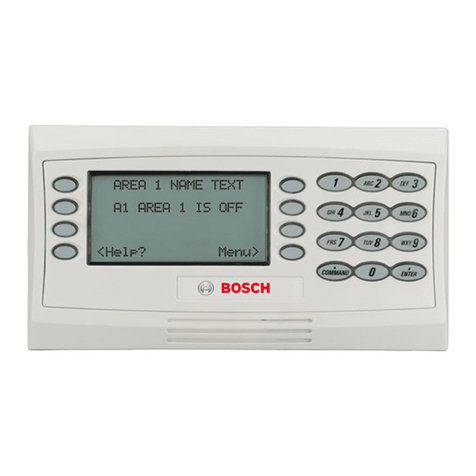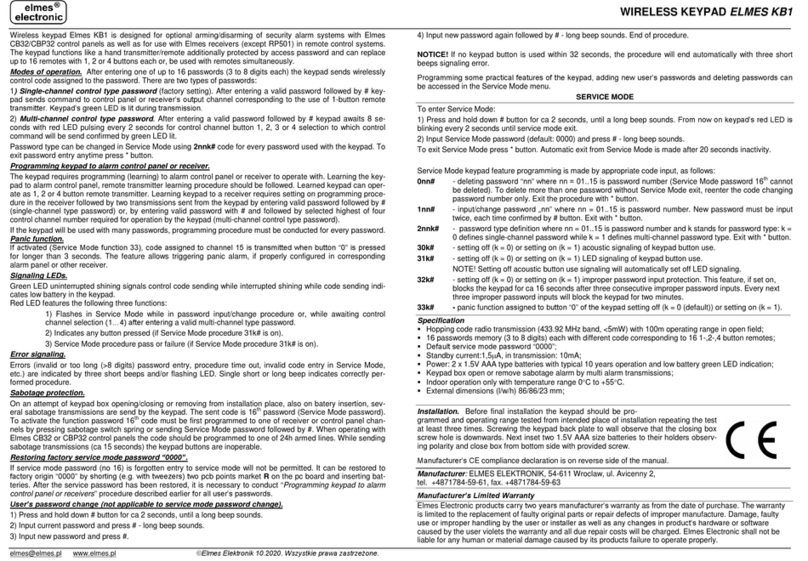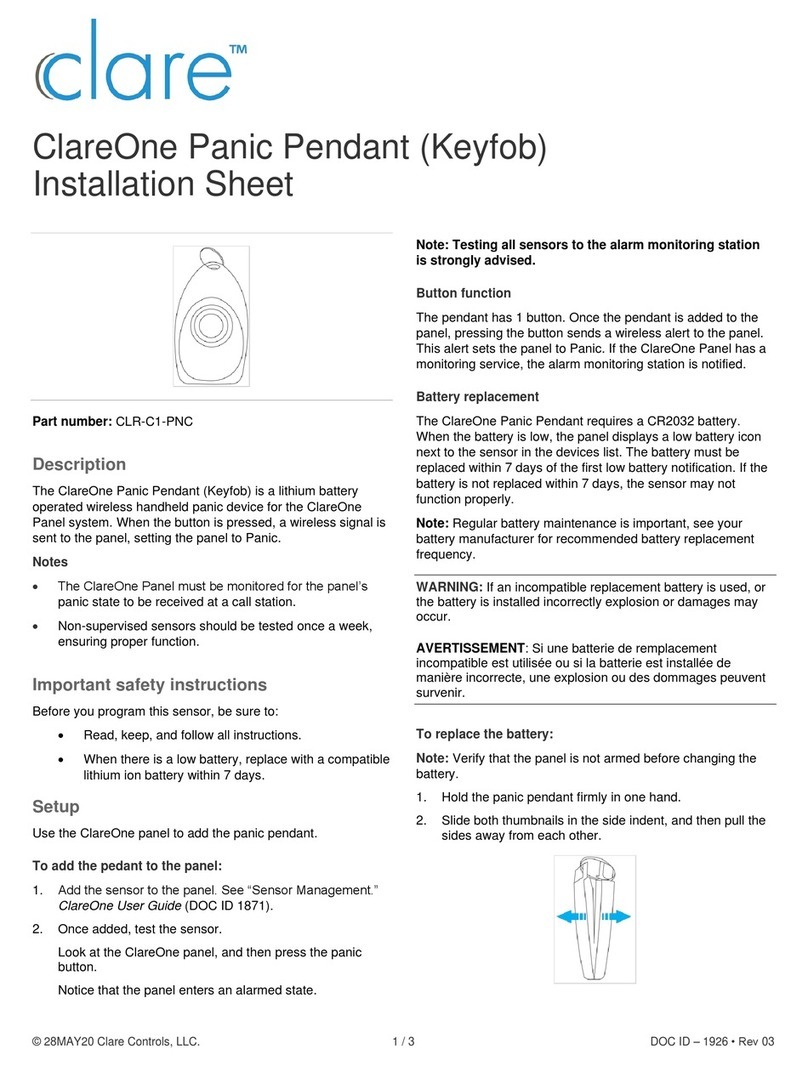
6 INT-SF SATEL
AUX. alarm
[Medical alarm] – if this option is enabled, pressing and holding the key
for 3 seconds will trigger the medical alarm.
PANIC
alarm
– if this option is enabled, pressing and holding the key for 3 seconds
will trigger the panic alarm.
silent
[Silent panic] – if this option is enabled, the panic alarm triggered from the keypad will
be a silent alarm (without audible alarm signal). This option is available, if the PANIC
ALARM
option is enabled.
Alarm 3 incorrect codes
[3 wrong codes] – if this option is enabled, entering a wrong code
three times will trigger an alarm.
Quick arming
– if this option is enabled, quick arming from the keypad is possible (without
user authorization).
Control “BI”
output
[BI outs ctrl.] – if this option is enabled, the partition keypad accepts the
“B
I
”
OUTPUT OPERATING
type of codes.
Control “MONO” output
[MONO outs ctr.] – if this option is enabled, the partition keypad
accepts the “M
ONO
”
OUTPUT OPERATING
type of codes.
Partition blocking
[Part.blocking] – if this option is enabled, entering the B
LOCKING PARTITION
or G
UARD
type of code will temporarily block the partition when armed (violating a zone
belonging to the partition will not trigger any alarm). The time of blocking should be defined
for the partition or the code (of the B
LOCKING PARTITION
type).
Guard round control
[Guard control] – if this option is enabled, entering the G
UARD
type of
code will be recorded as completion of a guard round.
Changing access code
[Changing code] – if this option is enabled, the user can change
own code from the partition keypad.
Exit delay clearing enable
[Fin.exit time] – if this option is enabled, the partition exit delay
time will be reduced on pressing in turn the and keys (if the E
XIT DELAY
CLEARING
option is enabled for the partition).
Alarm signal
[Alarm (time)] – if this option is enabled, the keypad will audibly signal alarms
throughout the G
LOBAL ALARM TIME
.
until canceled
[Alarm (latch)] – if this option is enabled, the partition keypad will audibly
signal alarms until they are cleared.
Sign. entry delay
[Entry time] – if this option is enabled, the partition keypad will audibly
signal the entry delay countdown.
Sign. exit delay
[Exit time] – if this option is enabled, the partition keypad will audibly signal
the exit delay countdown.
Auto-Arm delay countdown
[Auto-arm delay] – if this option is enabled, the partition keypad
will audibly signal the auto-arm delay countdown.
Acc. code sign. (hardware)
[Code entered] – if this option is enabled, the partition keypad
will confirm with a single beep that the code has been entered. This signal is useful where
a time lag occurs between entering the code and generating the audible signal after
verification of the code by the control panel.
CHIME
[Chime zones] – if this option is enabled, the partition keypad will audibly signal
violation of zones with C
HIME IN MODULE
option enabled, belonging to the partition operated
by means of the keypad.
No auto-reset after 3 tamp.
[No autorst.3t.] – if this option is enabled, the feature reducing
the number of tamper alarms from the module to three is disabled (the feature prevents
multiple logging of the same events and applies to successive uncleared alarms).
